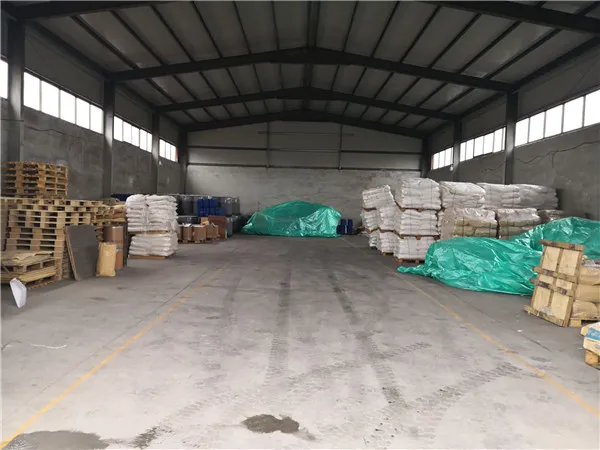Chemicals Used in Water Treatment Essential Components for Clean Water
Water treatment is a crucial process that aims to make water safe for consumption, agriculture, industrial use, and recreational activities. With the increasing global population and industrial activities, the demand for clean water has surged. Consequently, various chemicals have become integral to the water treatment process. This article explores the primary chemicals used in water treatment and how they contribute to ensuring safe and clean water.
1. Coagulants and Flocculants
Coagulation and flocculation are essential processes in water treatment that help remove suspended particles and turbidity from water. Coagulants, such as aluminum sulfate (alum), ferric chloride, and polyaluminum chloride, work by neutralizing the charges on suspended particles, allowing them to clump together. This aggregation forms larger particles known as flocs, which can be easily removed from the water.
Following coagulation, flocculants are often added to further enhance the formation of flocs. These substances, typically organic polymers, promote the bonding of smaller particles into larger aggregates. The application of these chemicals is vital for the efficient clarification of water, particularly in surface water treatment facilities.
2. Disinfectants
Disinfection is a critical step in water treatment that eliminates harmful pathogens and ensures the microbiological safety of water. Chlorine is the most widely used disinfectant due to its effectiveness and cost-efficiency. It can kill bacteria, viruses, and protozoa, making it an essential component of drinking water treatment.
In addition to chlorine, chloramines (formed when ammonia is added to chlorine) are increasingly popular, especially in systems relying on chlorine residuals for longer periods. Other disinfectants include ozone and ultraviolet (UV) light, which eliminate microorganisms without adding chemicals to the water.
3. pH Adjusters
Maintaining the appropriate pH level is vital in water treatment, as it affects the solubility and availability of various constituents. Common pH adjusters include lime (calcium hydroxide) and sodium bicarbonate. Lime is often used in hard water treatment processes, while sodium bicarbonate can help buffer the water against rapid pH changes.
chemicals used in water treatment pdf

An optimal pH range, typically between 6.5 and 8.5, is essential not only for effective disinfection but also for minimizing corrosion in distribution systems and ensuring the overall quality of treated water.
4. Corrosion Inhibitors
Corrosion in water distribution systems can lead to the leaching of harmful metals such as lead and copper into drinking water. To combat this, corrosion inhibitors such as phosphate compounds and polyphosphates are added. These chemicals form protective films on the interior surfaces of pipes, significantly reducing corrosion rates and enhancing the safety of the water supply.
5. Algaecides
Algae growth can cause aesthetic and functional issues in water bodies, particularly in surface water sources. Algaecides, such as copper sulfate and hydrogen peroxide, are used to control algal blooms. Preventing algae not only enhances water quality but also aids in maintaining the efficiency of treatment processes, as algal growth can lead to additional treatment complexities.
6. Advanced Oxidation Processes (AOPs)
AOPs utilize powerful oxidizing agents, like hydrogen peroxide and ozone, in combination with ultraviolet light or catalysts to degrade complex organic contaminants in water. These processes are particularly effective for treating wastewater and removing pollutants that are resistant to conventional treatment methods.
Conclusion
The use of chemicals in water treatment is an indispensable practice that ensures the provision of safe, potable water. From coagulants that help in particle removal to disinfectants that eliminate pathogens, each chemical plays a vital role in safeguarding public health and preserving environmental integrity. As technology evolves and water quality challenges become more complex, the development and application of chemical treatments will continue to be pivotal in achieving sustainable water management and protection.

